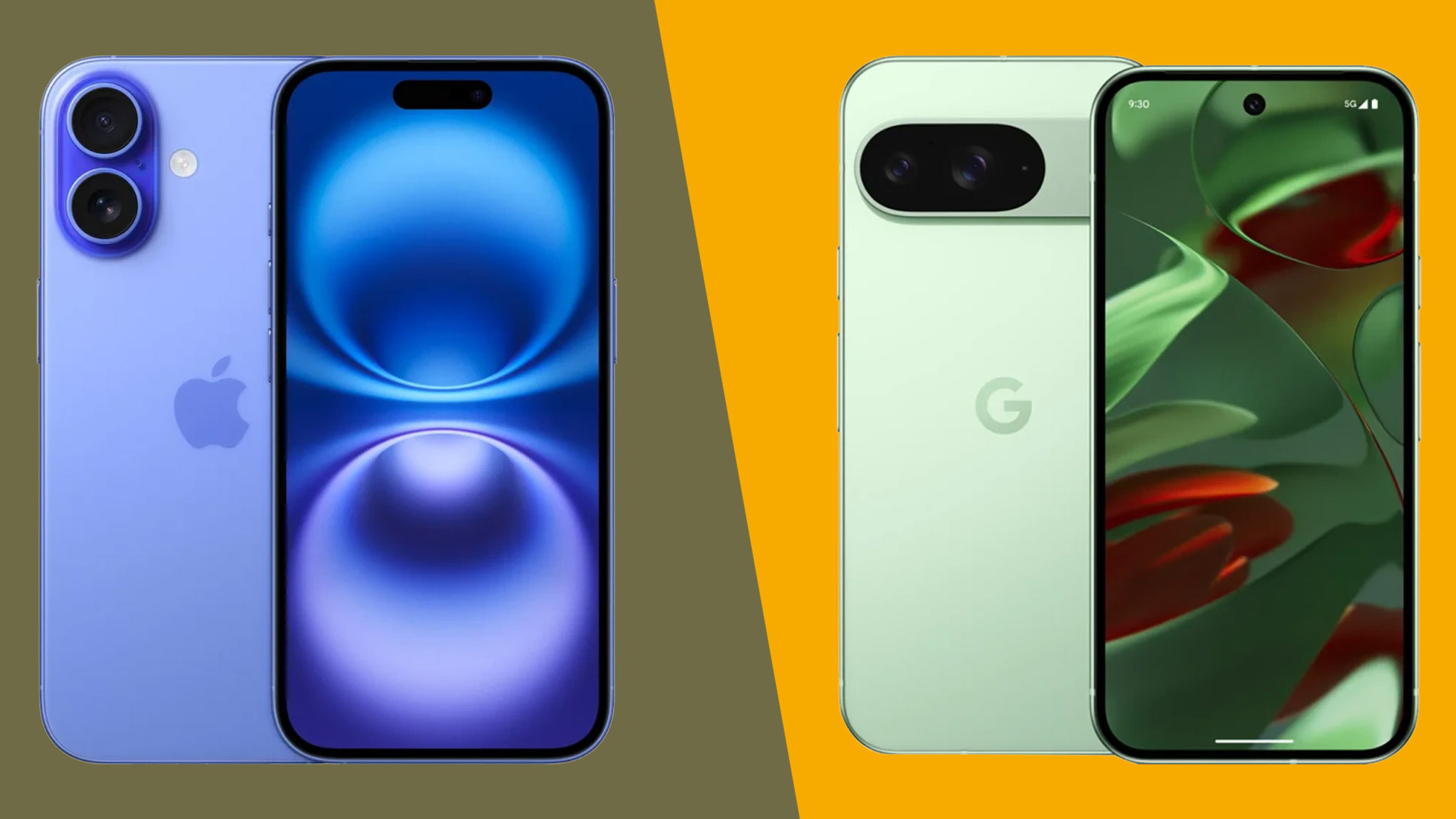
The iPhone 16 is a very powerful phone with two useful new buttons and excellent cameras, it's just a shame it's stuck with a 60Hz screen.
For
- Camera Control functionality
- Incredible performance
- Useful Action button
Against
- No Apple Intelligence at launch
- Screen is only 60Hz
The Pixel 9 is packed full of features, including loads of AI. It also has a sumptuous screen and brilliant cameras, but it lacks for power.
For
- Excellent photography
- Lots of RAM
- Superb screen
Against
- Weaker chipset
- Slower wireless charging
The iPhone 16 is Apple’s standard flagship for 2024, and the Pixel 9 is Google’s, so these two phones are natural competitors.
Some of their specs are similar too, which can make it tricky to decide which of these high-end, but not 'pro', handsets to choose.
So to help with that, we’ve compared these two phones in detail below, so you can see what’s similar, what’s different, and which phone stands out most for its cameras, screen, power, and more.
But while this article includes some of our hands-on impressions, it’s largely just based on the specs of each phone. So for a deeper look at how we found them in use, head to our full iPhone 16 review and our full Google Pixel 9 review.
iPhone 16 vs Google Pixel 9: specs comparison
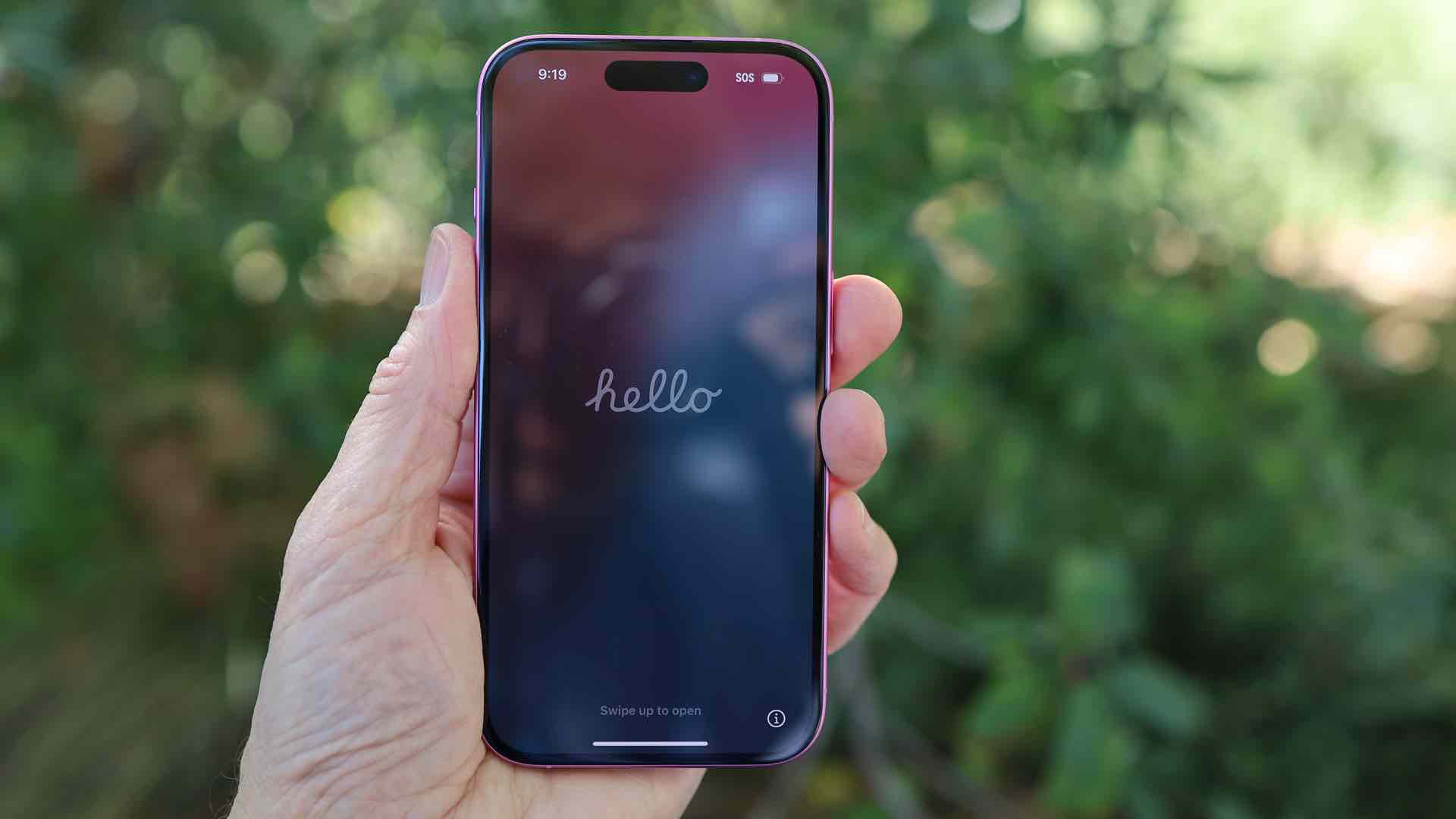
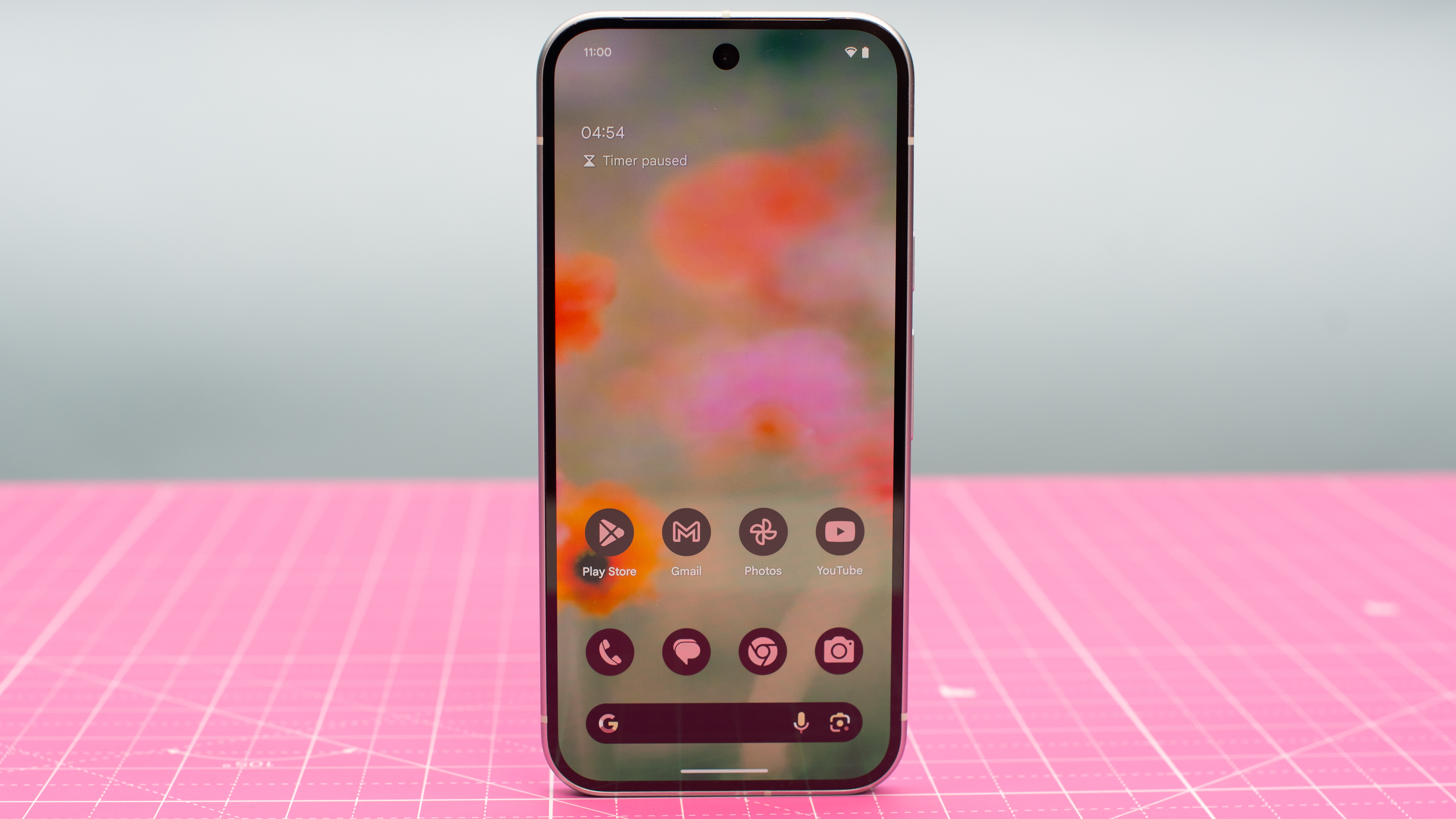
The iPhone 16 and the Google Pixel 9 have many similarities and just as many differences, as you can see in the chart below.
iPhone 16 vs Google Pixel 9: price and availability
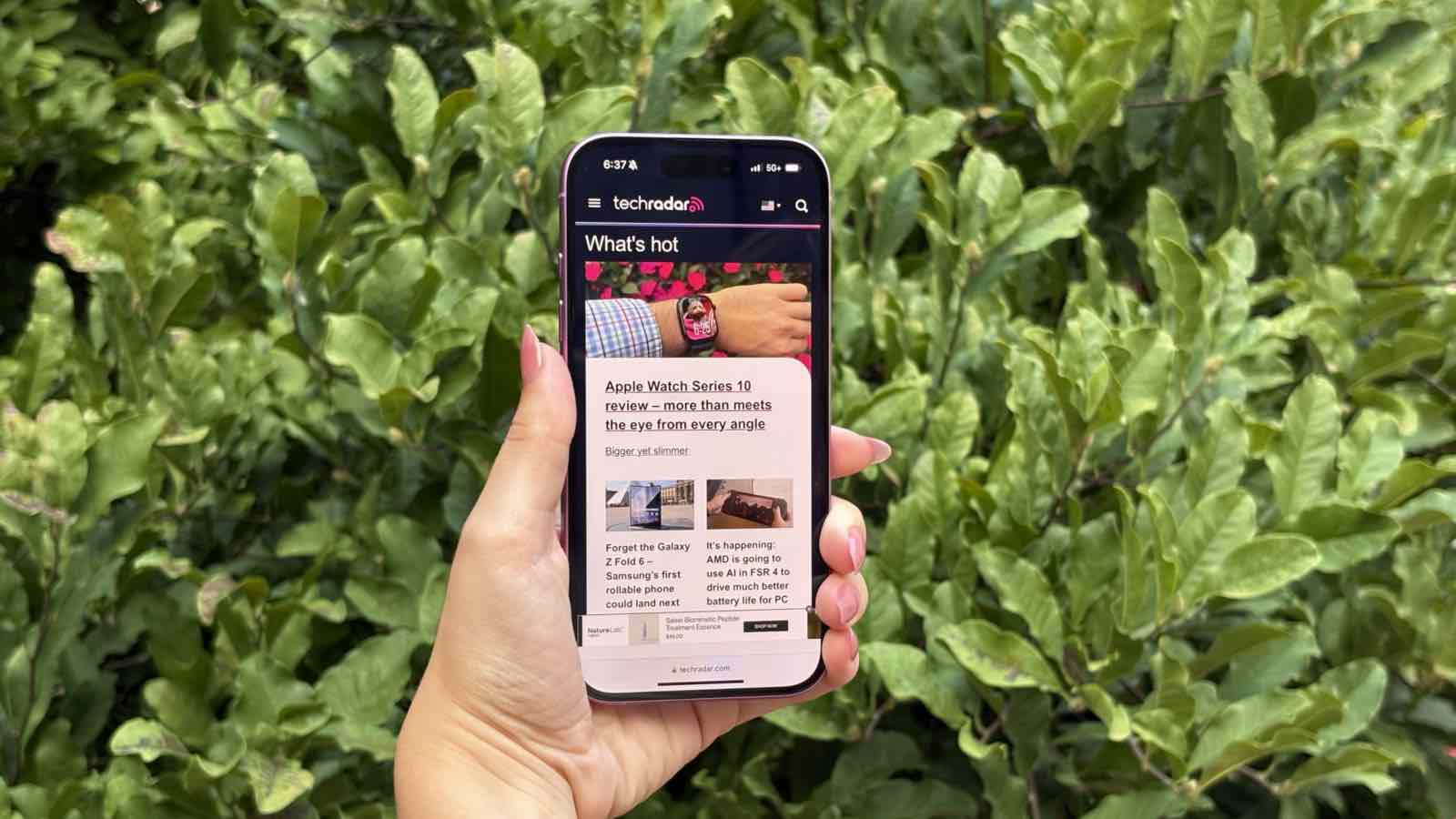
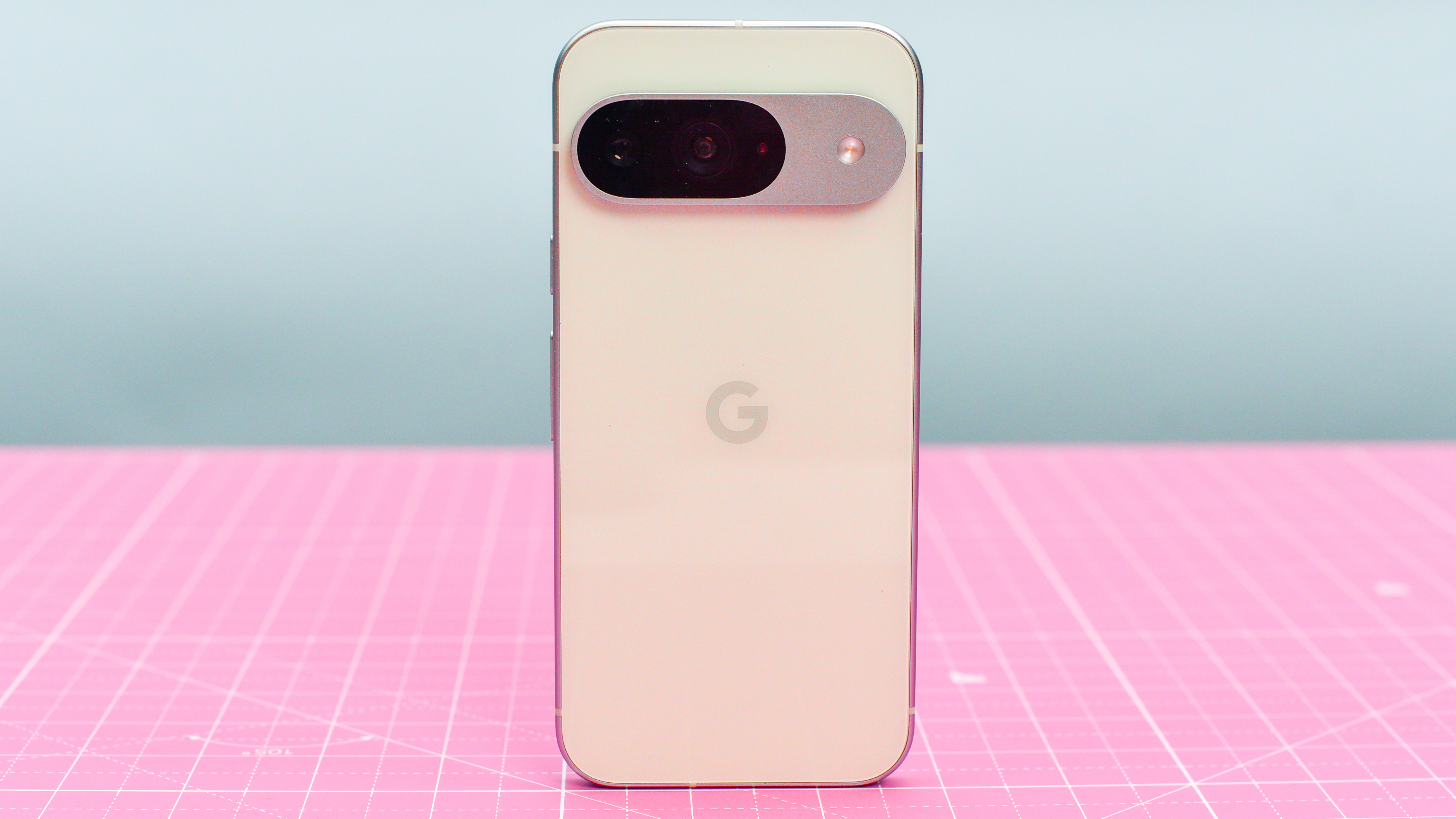
The iPhone 16 launched in September of this year (2024), while the Pixel 9 landed in August. So there’s only around a month between them, and both are widely sold in the US, UK, and Australia.
The iPhone 16 price starts at $799 / £799 / AU$1,399, which gets you a model with 128GB of storage. There are also 256GB and 512GB models, with the 256GB model costing $899 / £899 / AU$1,599 and the 512GB one costing $1,099 / £1,099 / AU$1,949.
As for the Google Pixel 9, that starts at $799 / £799/ AU$1,349, again for a 128GB capacity, and you can also get a 256GB version for $899 / £899 / AU$1,499.
So the starting price of these phones is identical in the US and the UK, though the iPhone 16 costs AU$50 more in Australia. For the 256GB model you’ll again pay the same price for either in the US and the UK, with Australians paying AU$100 more for the iPhone 16.
And the iPhone 16 tops out at a higher price everywhere, but only because the top model comes with more storage than you can get the Pixel 9 with.
iPhone 16 vs Google Pixel 9: design and display
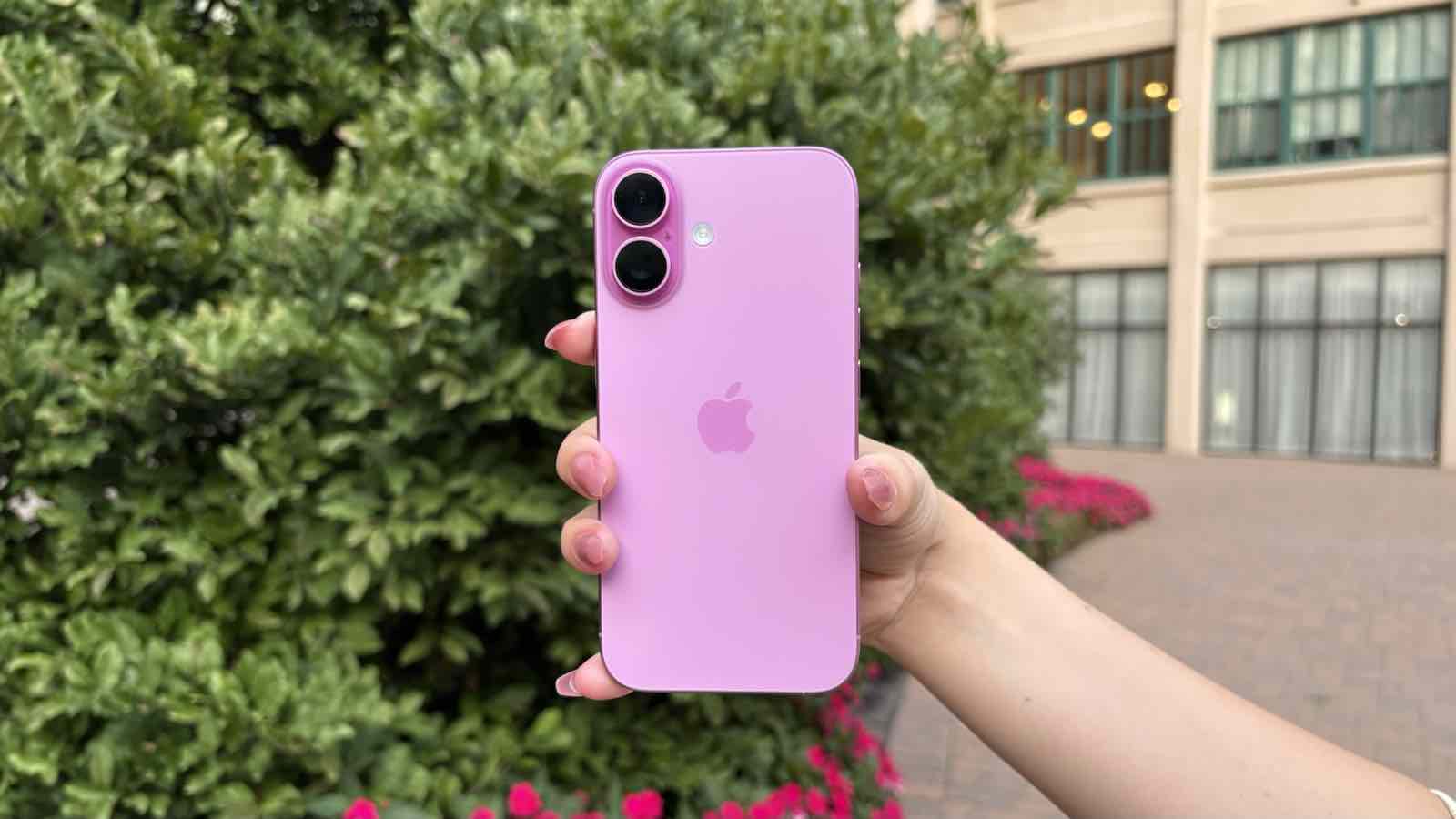
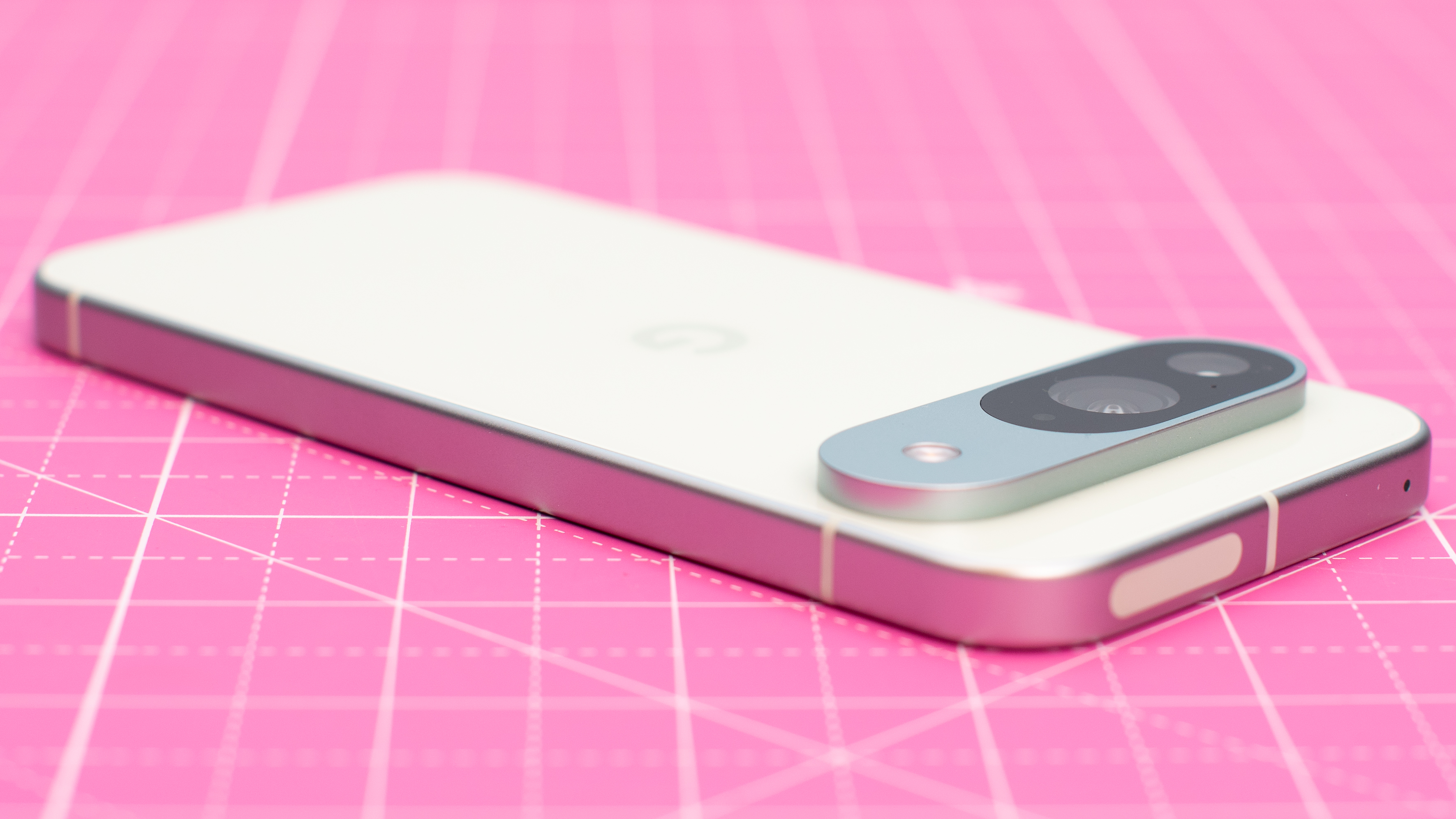
Both the iPhone 16 and the Pixel 9 have a glass back and an aluminum frame, as well as curvy corners, but they look quite different from both the front and back.
On the front, the iPhone 16 has a large Dynamic Island in the screen, while the Google Pixel 9 has a much smaller camera cut-out. On the back, the iPhone 16’s dual-lens camera runs vertically down it, while the Pixel 9’s runs horizontally across.
Their colors also differ of course, with the iPhone 16 colors including Black, White, Pink, Teal, and Ultramarine (blue), while the Pixel 9 is sold in Obsidian (black), Porcelain (white), Wintergreen (green), and Peony (pink).
And the iPhone 16 also has a couple of extra buttons that you won’t find on the Pixel 9, specifically an Action button, which you can customize to launch an app or feature of your choice, and a Camera Control button, giving you almost complete control of the camera without using the touchscreen.
Finally, their dimensions and weights differ, with the iPhone 16 being 147.6 x 71.6 x 7.8mm and 170g, while the Pixel 9 is 152.8 x 72 x 8.5mm and 198g.
So Google’s phone is a bit taller, wider, thicker, and heavier, but then it also has a larger screen, at 6.3 inches.
This display is a 1080 x 2424 OLED one with a 120Hz refresh rate, 422 pixels per inch, and a peak brightness of 2,700 nits. The iPhone 16 on the other hand has a 6.1-inch 1179 x 2556 OLED display with a 60Hz refresh rate, 460 pixels per inch, and a peak brightness of 2,000 nits.
So Apple’s screen is slightly higher resolution than Google’s, but it’s also smaller, has a lower refresh rate, and can’t get as bright.
In our iPhone 16 review we said it “offers a vibrant screen that is great for myriad tasks indoors or outdoors”, while our Google Pixel 9 review stated that it has “one of the nicest phone displays you’ll ever see.” So both screens impress, but the Pixel 9 arguably has the edge.
iPhone 16 vs Google Pixel 9: cameras
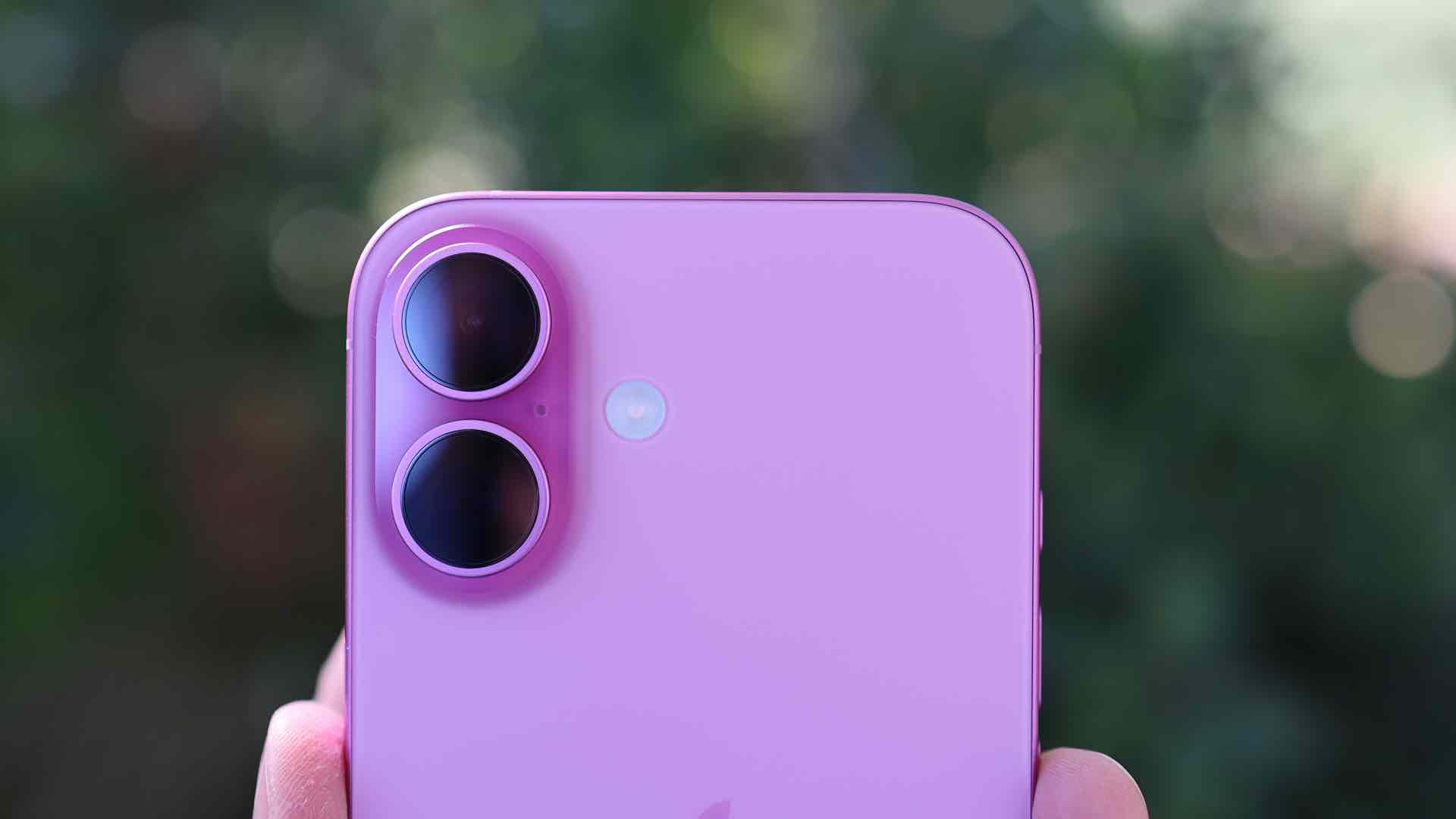
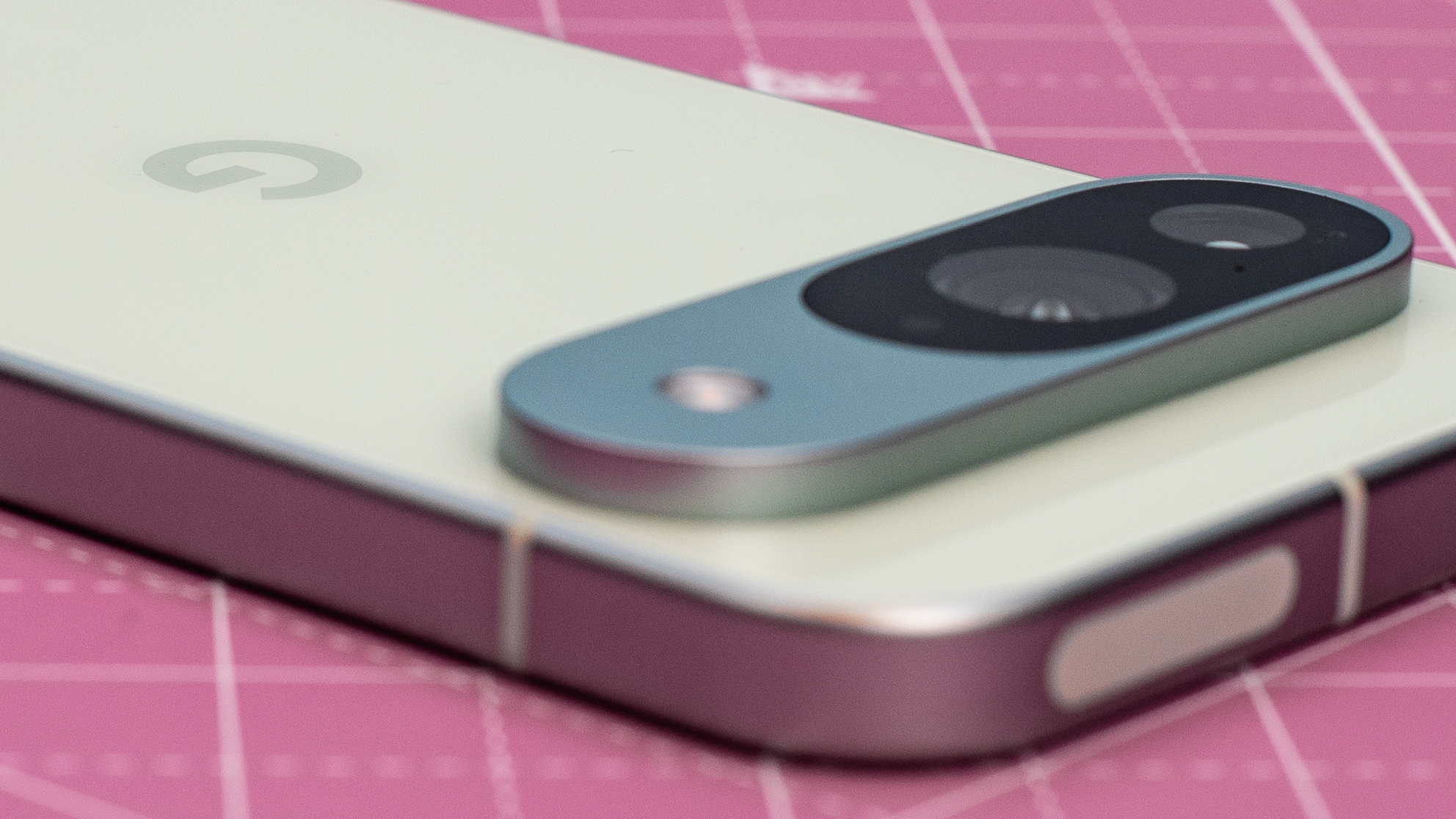
The iPhone 16 has a dual-lens rear camera, with a 48MP f/1.6 main camera and a 12MP f/2.2 ultra-wide, offering a 120-degree field of view. It also has a 12MP f/1.9 front-facing camera, and can shoot video in up to 4K quality it 60fps.
The Google Pixel 9 also has a dual-lens rear camera, specifically a 50MP f/1.7 main camera and a 48MP f/1.7 ultra-wide, with a 123-degree field of view. There’s also a 10.5MP f/2.2 camera on the front, and the phone can record video in up to 4K quality at 60fps.
So it’s a broadly similar setup, albeit Google’s phone has more megapixels to play with on its ultra-wide camera. However, the iPhone 16 has a Camera Control button, giving you a way to operate the camera without touching the screen.
As for the quality of the cameras, our iPhone 16 review said it has “an excellent main camera and a good ultra-wide”, while our Google Pixel 9 review said the phone can capture “some of the best pics any smartphone can take.”
So Camera Control button aside, the Pixel 9 arguably has the edge – especially as it also benefits from all sorts of AI editing tools. The iPhone 16 will be getting AI, but it’s not here yet, and from what Apple has announced it won’t let you make as comprehensive edits to images as Google’s suite does.
iPhone 16 camera samples





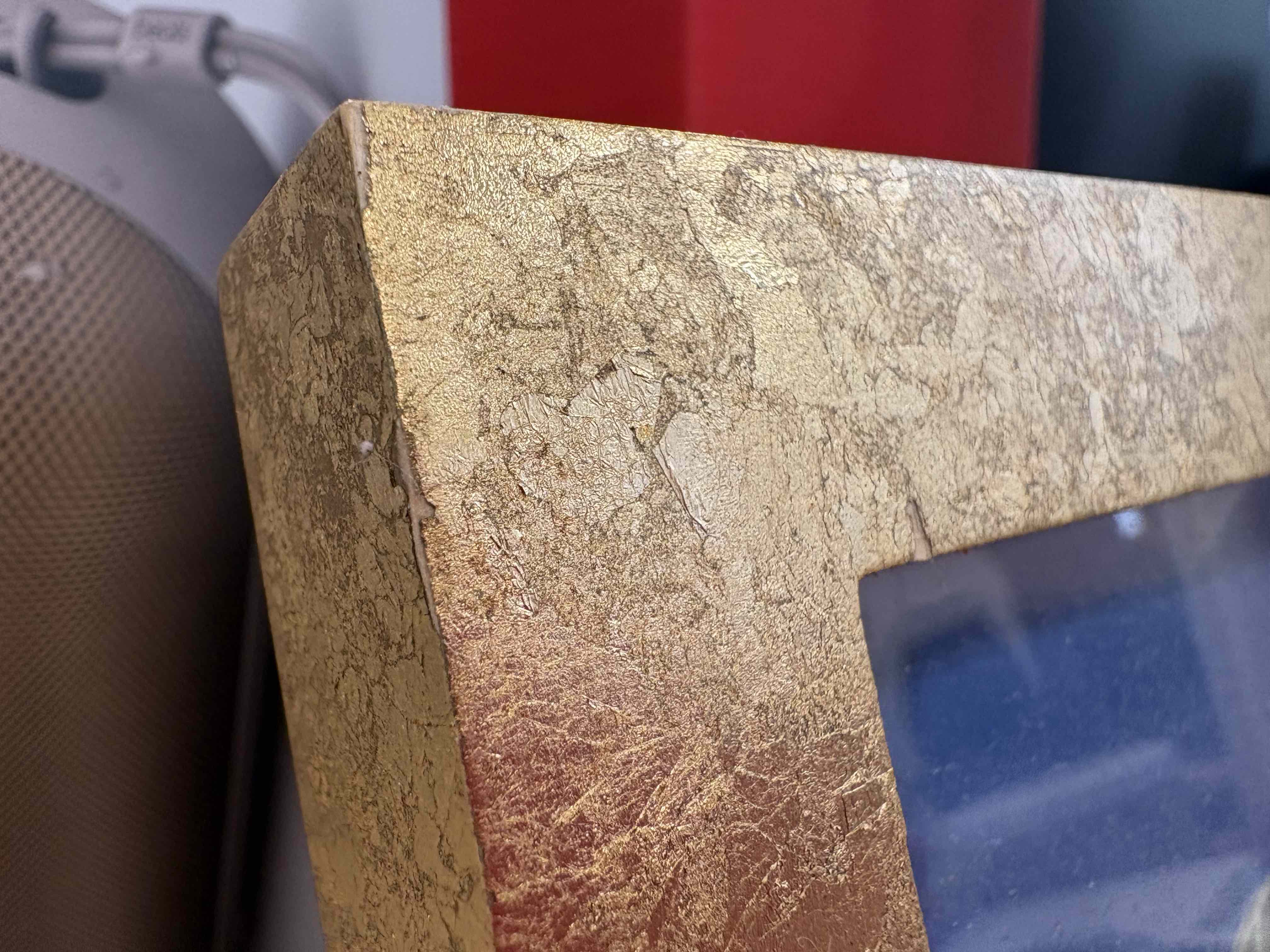









Google Pixel 9 camera samples

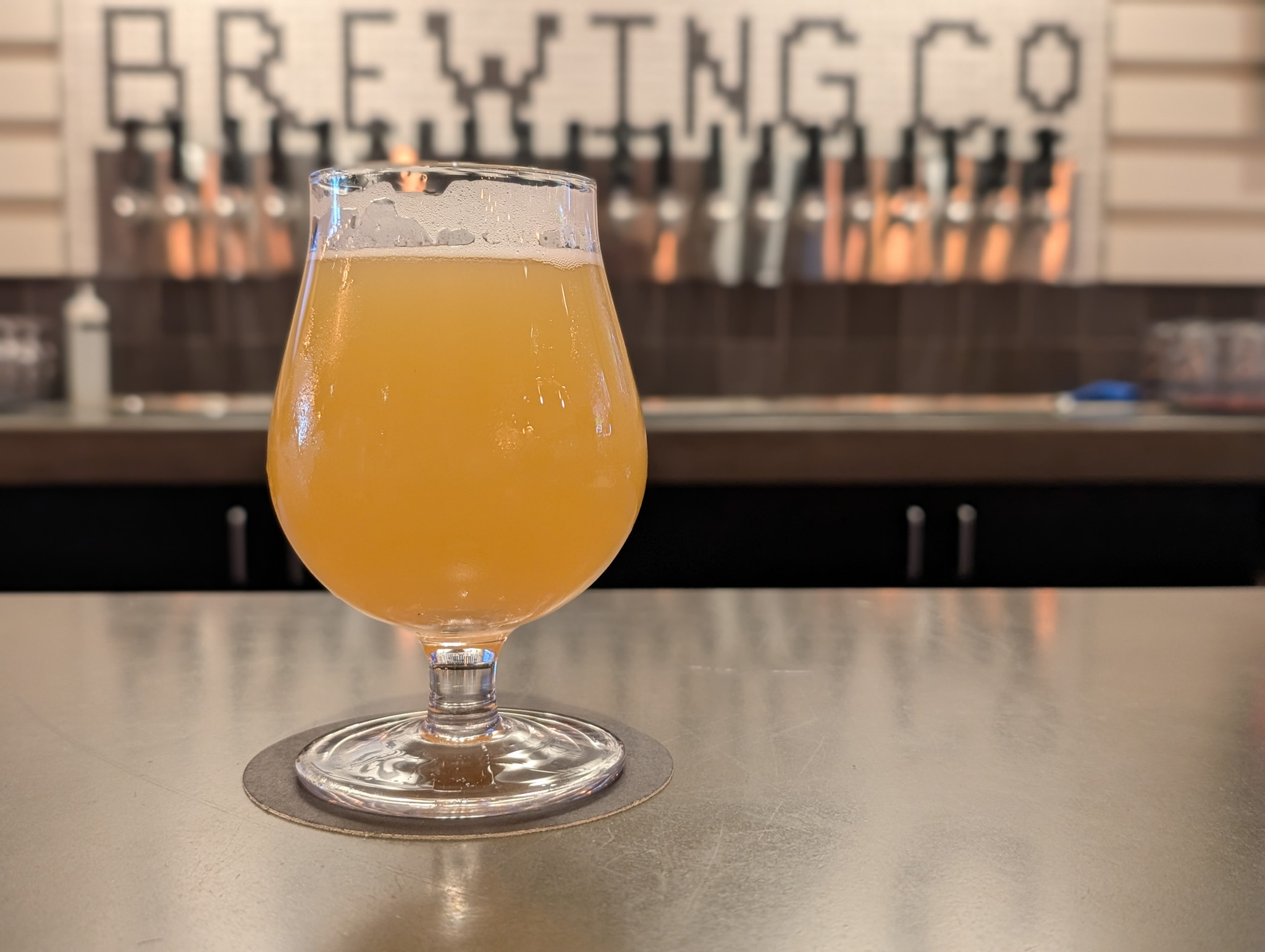










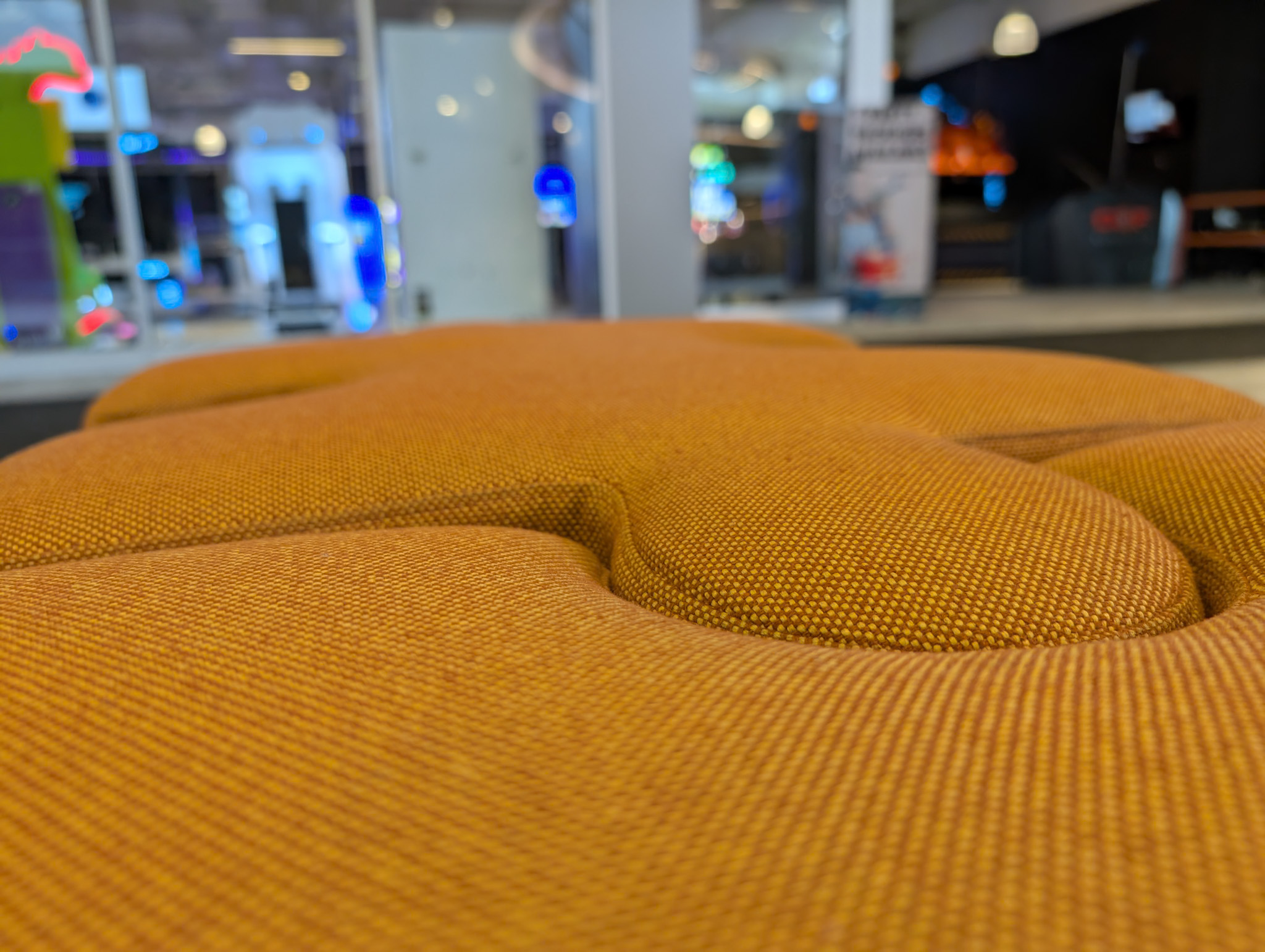
iPhone 16 vs Google Pixel 9: performance
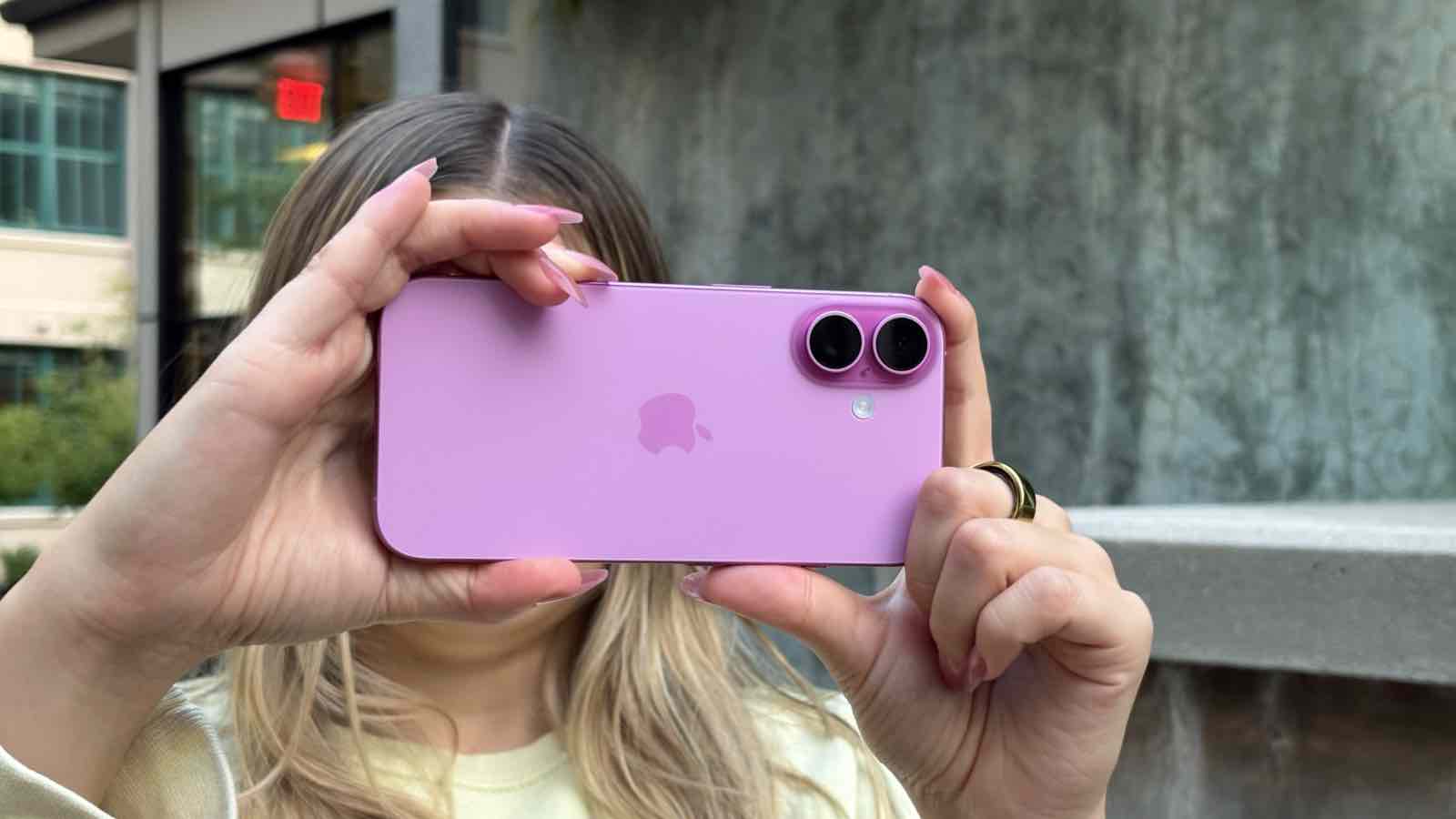
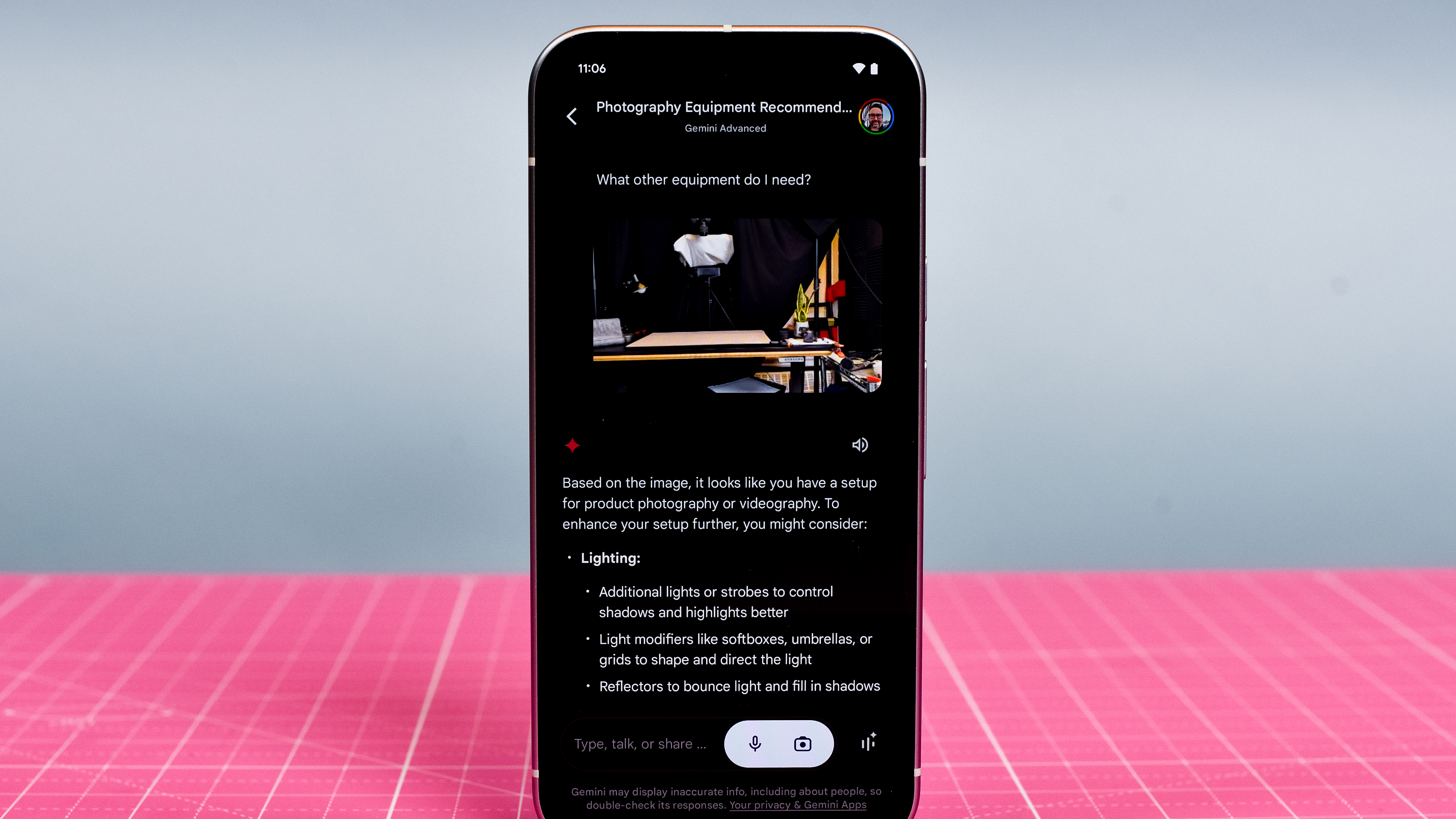
One area where the iPhone 16 definitely takes the lead is in performance, as its A18 chipset is substantially more powerful than the Tensor G4 in the Google Pixel 9. That said, the iPhone 16 only has 8GB of RAM, while the Pixel 9 has 12GB, which could prove beneficial for AI tasks in particular.
In our Future Labs testing, throwing Geekbench 6.3 at the iPhone 16 saw it deliver a single-core score of 3,301 and get a multi-core score of 8,033. Comparatively, the Pixel 8 managed 1,758 in the single-core test and 4,594 for its multi-core score. So Apple's phone trounces the Pixel.
It remains to be seen how much impact that will have, because while AI is readily available on the Pixel 9, Apple’s AI features – dubbed Apple Intelligence – haven’t yet launched at the time of writing.
Still, our iPhone 16 review said it has “plenty of power, likely for years to come” and can make “intense games and intense creative use cases fly,” while our Pixel 9 review noted that “the Tensor G4 chipset has fallen far behind rivals and performance is lagging.”
iPhone 16 vs Google Pixel 9: battery
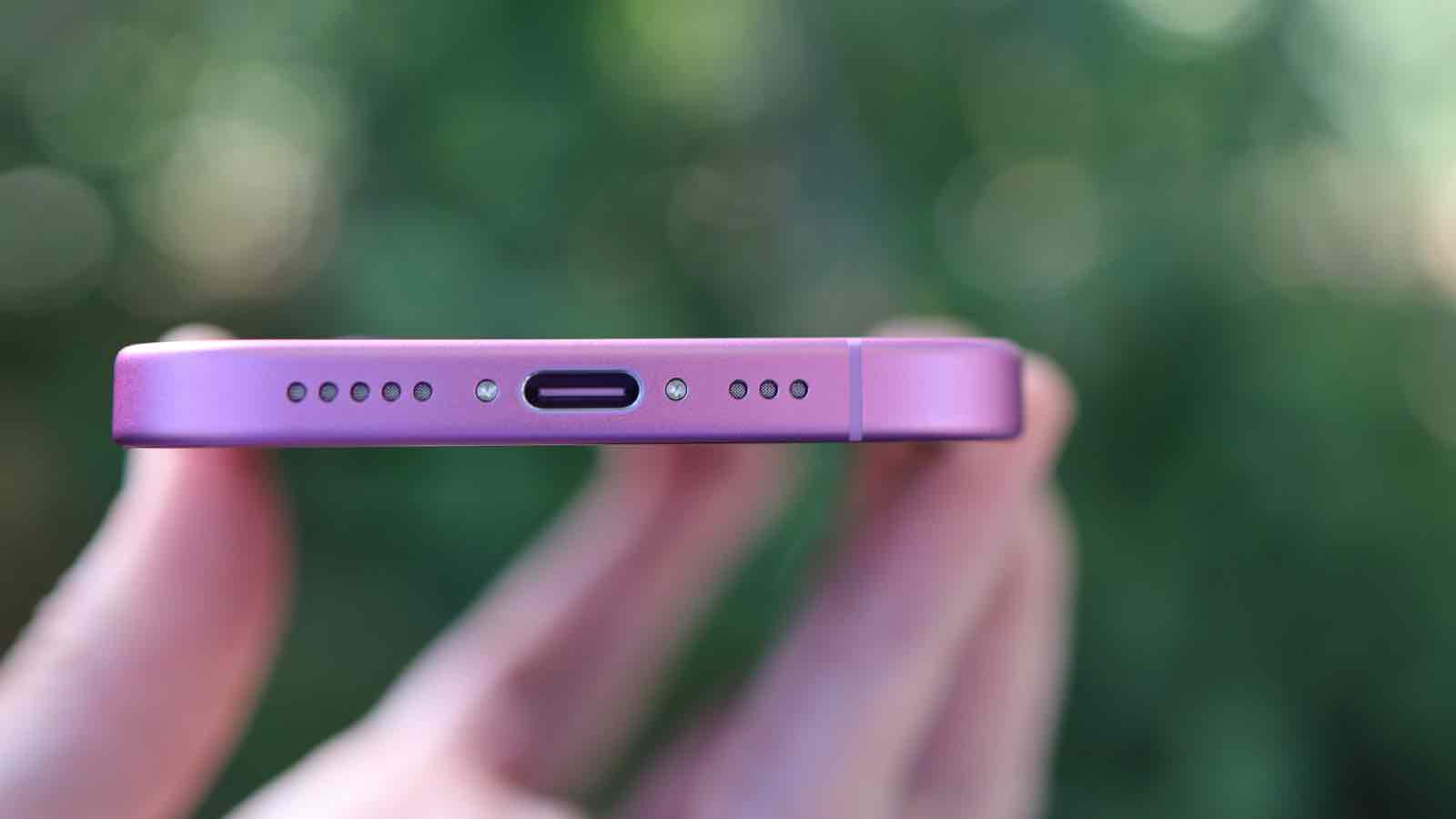
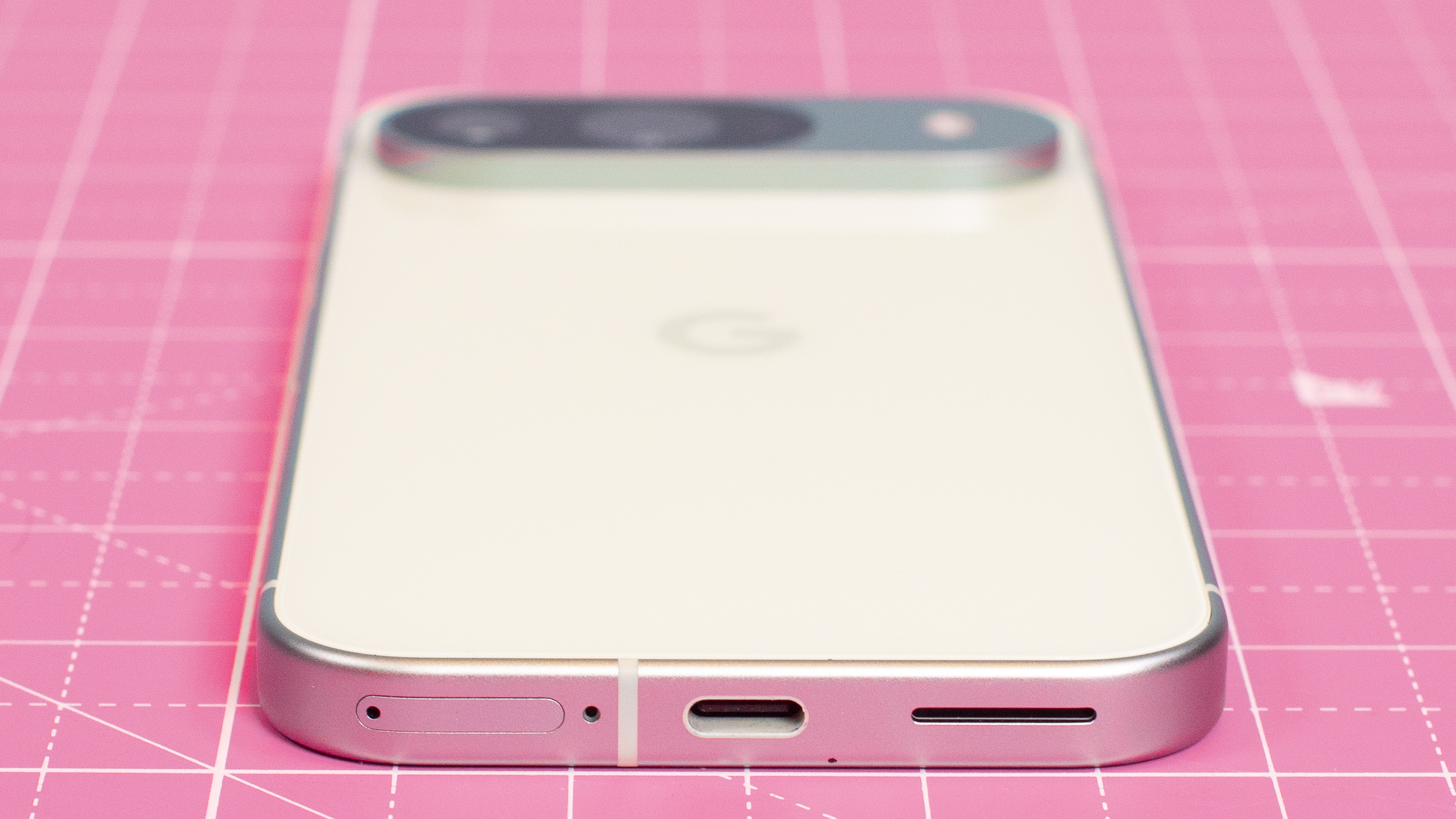
While Apple hasn’t revealed the size of the iPhone 16’s battery, teardowns have found that it’s 3,561mAh, making it far smaller than the 4,700mAh battery in the Google Pixel 9.
Despite that, actual life might be similar, with the iPhone 16 lasting 12 hours and 43 minutes in our Future Labs battery rundown test, while the Pixel 9 lasted for just over 13 hours.
When it comes time to charge, Apple says the iPhone 16 can be juiced up to 50% in around 30 minutes with a 20W charger or higher – or you can use wireless charging, at up to 25W (if using MagSafe, or 15W otherwise).
The Google Pixel 9 supports 27W wired charging, which can juice it up to 55% in about 30 minutes, or you can use up to 15W wireless charging (if using a Pixel Stand, otherwise it tops out at 12W).
So the Pixel 9 has a slight edge with wired charging speeds, but the iPhone 16 has it beat for wireless charging.
iPhone 16 vs Google Pixel 9: verdict

The iPhone 16 and Google Pixel 9 are similarly priced phones, so which should you choose?
Well, the iPhone 16 has a slightly higher resolution screen, a far more powerful chipset, faster wireless charging, and useful extra buttons in the form of the Action button and the Camera Control button.
On the other hand, the Google Pixel 9 has a bigger screen, a higher refresh rate, a brighter display, more RAM, and slightly faster wired charging. Its cameras are arguably slightly better too – albeit lacking Apple’s handy Camera Control button.
Of course, the biggest difference between these two phones is simply the operating systems they use. So your decision might come down to that, but if you're happy with either iOS or Android then these devices are closely matched.
We'd cautiously say in terms of ecosystem and ease-of-use, the iPhone 16 might be the phone to go for for most people. But for the Pixel 9 is still one of the best Android phones and is a worthy contender for your attention.
You might also like
- iPhone 16 Pro Max vs iPhone 15 Pro Max: clash of the titans
- Google Pixel 9 Pro review: the AI phone is here, but the future is not
- iPhone 16 Plus review: the best big-screen affordable iPhone yet







